Wastewater lift stations collect every type of debris. From wipes to t-shirts, from rocks to boards, some strange materials end up in the wet well. Unfortunately, some of these items don’t make it through the pump. Many operators have spent Super Bowl Sunday pulling a clogged pump to remove stringy rag balls or other debris. And in severe cases, sanitary sewer overflows result in regulatory fines.
Grinder Pumps As A Solution
Grinder pumps are designed to process solids by making them small enough to pass through the pump and force main. Grinder pumps for municipal and industrial use are designed for low-flow, high-head conditions.
However, not all grinder pumps are the same. In fact, the wrong grinder pump may require much of the operator’s time for maintenance and unclogging tasks. Here are some things to consider when choosing a grinder pump.
Cutting Technology
Debris should be reduced to roughly 5 millimeters (about 0.2 inches) before discharge to the force main. The discharged debris needs to easily pass through a two-inch diameter main. If the debris field is too fine, solids will settle out in the force main.
Some grinder pumps macerate the waste to acceptable sizes. The macerating ring is constructed of many teeth on the outside diameter of a rotating element. Unfortunately, grooves between the teeth fill with debris, lessening their effectiveness and eventually clogging. In addition, these units need periodic adjustment to ensure the cutting tolerance is maintained.
Cutting or slicing debris into small bites is more effective than grinding or chewing. Look for a grinder pump with a dual action cutter system. For example, HOMA’s design consists of two cutter blades on the outside of the pump and two on the inside. These cutters are set at a fixed tolerance, need no adjustments. The motor operates at 3450 RPM. Therefore, the lower blades make 6,900 cuts per minute, followed by 6,900 cuts per minute with the upper blades. The resulting 13,800 cuts per minute provide the proper debris field for a small force main.
The close tolerance of the cutters prevents entry of larger items, such as a two-by-four, into the pump. However, the cutters will take “bites” out of a large rag until it can pass through the pump.
Grinder Pump Design
Float systems are the most common way of starting and stopping a pump. When the sewage reaches a specified level in the wet well, the pump turns on. After pumping down to the desired level, the pump turns off.
Some grinder pumps are designed so that when the pump turns off, all debris being cut stays within the macerating ring. When the pump turns back on, the unit must fight through rags that were pulled into the pump. These units are more likely to become blocked. Also, additional strain on the pump and motor may require extra maintenance or shorten life span.
HOMA Pump’s rotating and stationary cutters provide only two contact points versus constant contact with the waste. The first set of cutters is located outside the pump, below the impeller. So, when the pump shuts off, debris falls away from the cutters instead of getting pulled halfway through the pump. When the pump comes back on, no debris is caught inside the pump.
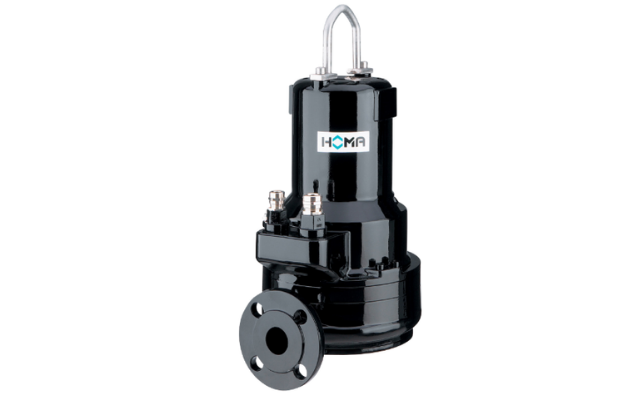 Grinder Pump Durability
Grinder Pump Durability
Sand and grit are often present in sewage, which can cause wear and increase the tolerance between the suction cover and impeller. The use of high-quality materials ensures durability of the cutters.
HOMA’s cutter system is made of stainless steel alloyed with cobalt, vanadium, and molybdenum. The cutters are hardened to at least a Rockwell® C-55 level to ensure a long life.
The GRP Series have the same major casting as all HOMA pumps. The motor housings, volutes, and impellers are manufactured Class 40 cast iron. This is a finer finish than used in many pumps. It’s a smoother, denser material, less prone to effects of abrasives. These high-quality materials ensure a long service life and reduced maintenance costs.
Pump Performance Range
Using a product with a wide range of performance is helpful for utilities with multiple pump stations. It’s also important that the cutter design is consistent for every size pump. HOMA’s focus areas are municipal and industrial, but they also provide residential pumps. Their broad range of products include single and three-phase grinder pumps of 1 to 13 horsepower. All GRP Series pumps have the same cutter design and high-quality construction.
A unique application provided by HOMA’s grinder pumps occurs in mountainous areas. Instead of constructing two lift stations — one at the bottom and one halfway up the mountain — HOMA provides a tandem assembly. By piggybacking one pump to another, head pressure is doubled. The two pumps are assembled as one unit and can be raised and lowered as one. Using the largest pumps, this application can exceed 450 feet of pressure.
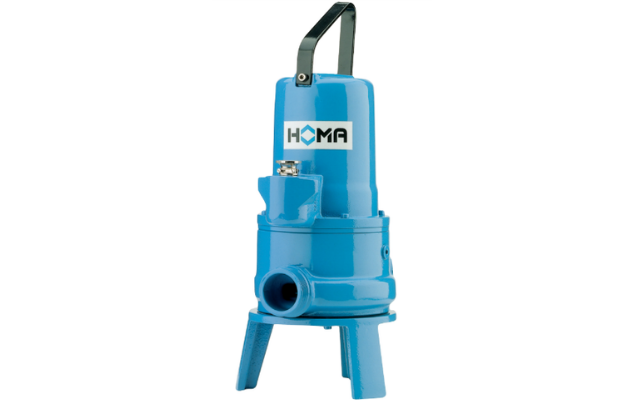 Replacement Parts And Service
Replacement Parts And Service
Lift station pumps are critical infrastructure, so ensuring availability of spare parts is a priority for operators.
HOMA uses non-proprietary mechanical seals and bearings for all pumps. These parts are available locally when needed immediately in the field. HOMA also stocks more than $10 million in available pumps and parts inventory in their Connecticut factory.
With their large inventory and broad range of pump styles and sizes, HOMA is often asked to supply replacement pumps. They have a wide range of guide rail adapters for other manufacturers’ pumps. This allows HOMA’s pumps to be dropped into a wet well with minimal downtime.
HOMA has their own guide rails for new stations or for upgraded stations with new piping.
Protecting The Environment And
Saving Costs
Just one clogged pump can mean sanitary sewer overflows, personnel costs, and possibly fines or bad publicity. By choosing the right grinder pump, those problems can be eliminated. HOMA’s grinder pumps provide a long service life. They require no routine adjustment and have little downtime in the field. The result is lower costs, less headaches, and a better environment.
Originally Published On Water Online

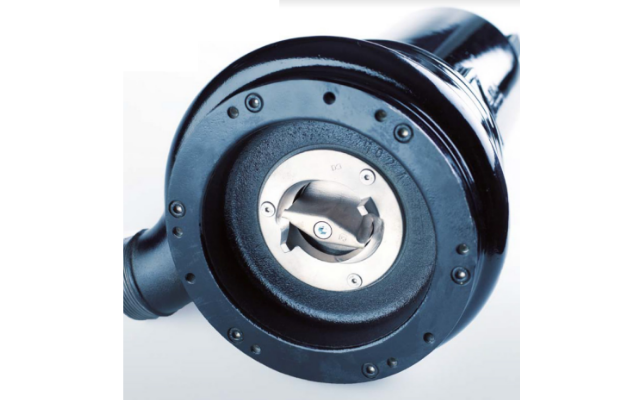
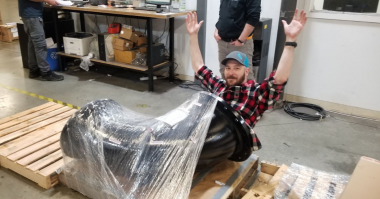
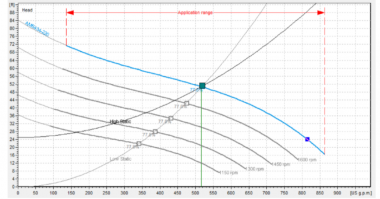
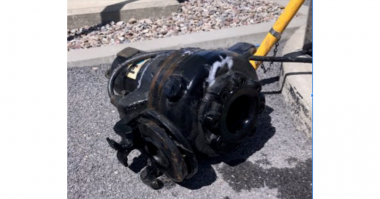
Comments